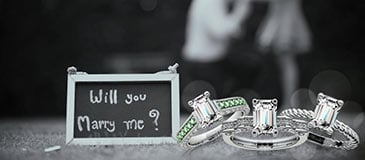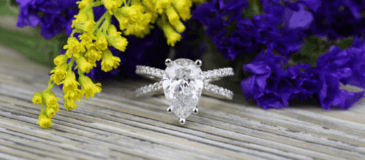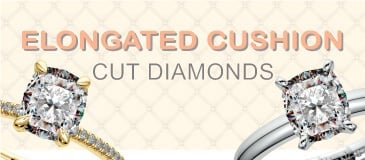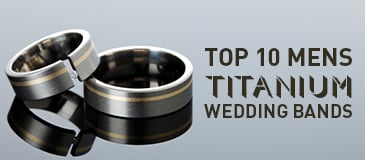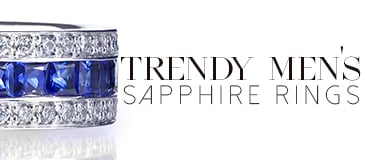The first thing to note when discussing “Karat” is that it is different from “Carat” which measures the size of a diamond. Instead, “Karat” with a “K” refers to the percentage of gold in a jewelry item. For example, a wedding band made of 18 karat gold has 75% pure gold in it.
Of course, there are different types of gold; yellow gold, rose gold, white gold, but the karat has the biggest impact on yellow gold.

The Process of Alloying Yellow Gold
Because 100% pure gold (24 karat) is so malleable and easy to dent, it has to be mixed (alloyed) with more durable metals like zinc and copper in order for it to become a durable piece of jewelry. The higher the gold karat, the easier it is for your gold jewelry to scratch or dent, this is why we recommend 14k or 18k to be used for engagement rings which have to survive daily wear and tear.
Some of the key differences between karat levels are:
 |
|
|
The higher gold karat a ring is, the heavier it will feel on your finger. |
|
|
|
|
The higher gold karat a ring is, the more rich the yellow color of the metal will be. |
The Numbers
Below you will find a breakdown of the most common gold karat amounts. Note the benefits and drawbacks of each one before choosing the gold for your ring.
9 Karat Yellow Gold
9k rings have 37.5% gold in them. Because there is such a low percentage of pure gold, 9k jewelry often isn’t sold as “gold” jewelry, especially in the United States where our jewelry items must be at least 10k to be considered “gold”. Though 9k has very little pure gold, it is the strongest because it has such a high percentage of other alloys.
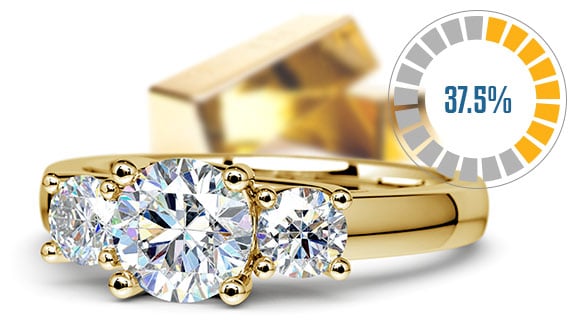
14 Karat Yellow Gold
A 14k band is made of 58% gold. Because 14k jewelry has less pure gold in it, it is popular because of its durability. It does not scratch as easily as an 18k ring, so people who have active jobs in which they use their hands might want to choose 14k over 18k. 14k also works best with complex ring designs, rings featuring a high number of tiny inlaid diamonds, or rings with larger stones, which are less likely to fall out when held by the stronger 14k metal.
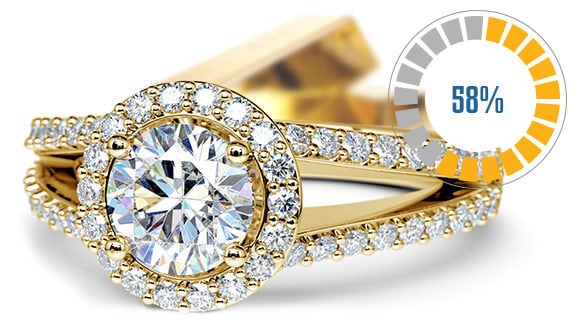
18 Karat Yellow Gold
18k is 75% pure gold, and, for this reason, costs significantly more than 14k gold. However, many people prefer 18k to 14k because it has a richer, more intense color. The differences in color between 18k and 14k are more prominent in rings that show off a great deal of the gold, and it is more difficult to tell the difference in rings that feature a great number of details or tiny diamonds in the band. Therefore, if it is best to use 14k for intricate designs and 18k for more simplistic styles. One other reason people like 18k is that it is weightier than the 14k rings. Many people, especially men, like a heavier ring on their finger.
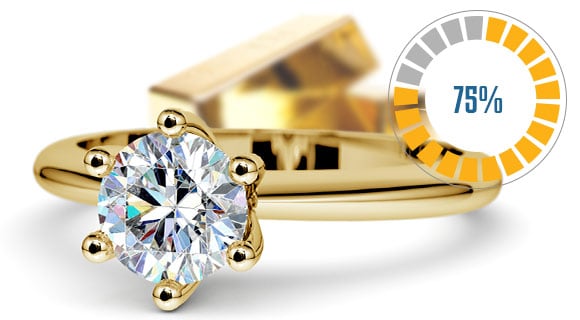
22 Karat Yellow Gold
22k gold is 91.67% pure gold, which is considered a very high percentage for making reliable jewelry. Because the gold purity level is so high, 22k is not used for studded jewelry or complex details. It simply isn’t strong enough to hold gemstones, and is used mainly for plain gold jewelry, such as chain necklaces.

24 Karat Yellow Gold
People love to say something is “24 karat gold.” It certainly has a nice ring to it, but it does not actually make a nice ring. 24k gold is 100% pure gold, and pure gold is much too soft and flexible to make into a wedding ring. 18k and 14k yellow gold engagement or wedding rings have the best balance of gold and alloyed metals. Pure gold is most often purchased as an investment.

Based on the information above, it is clear why we recommend 14k and 18k yellow gold engagement rings over the other options. They are simply the best, most reliable options for protecting your diamonds and creating the most romantic look for a yellow gold engagement ring.
 Different Karats = Different Weight:
Different Karats = Different Weight: 




